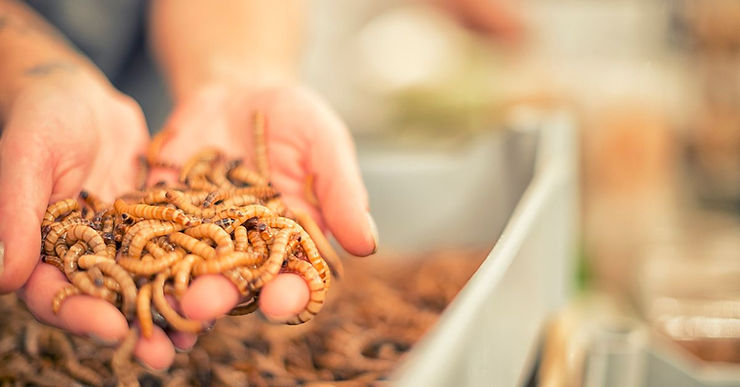By: Bella Lee
Scientists have recently discovered they found that a ‘superworm’ can eat garbage, specifically plastic. Styrofoam, a kind of plastic material, is extremely harmful to the environment.
. According to researchers, one of the most common elements that garbage managers throw out is plastic. Researchers have showed that this is contributing to a rising trash crisis
Christian Rinke, co-author of the study, led a research team in Australia. To research more about superworms, he divided the team into three groups. One group was to give their superworms a bran-solutioned diet. The second group gave their own superworms polystyrene. The third group was assigned to give superworms a starvation diet.
The results came out; about ninety percent of the superworms who ate bran became beetles. Sixty-six percent of superworms that were fed polystyrene became beetles and the group with the starvation diet had just ten percent of superworms become beetles.
These aren’t the only examples of trash-eating organisms. In 2015, Stanford University researchers found out that mealworms could survive and digest Styrofoam. In April, researchers from the University of Texas revealed that a plastic-eating enzyme they found could eat polyethylene terephthalate, a type of plastic resin that can be found in many types of clothes.
Researchers and scientists will now find out about the impetus, or enzymes, which allow the superworm to absorb garbage. Industrial adoption found a natural way to reduce and throw away the Styrofoam trash piling up.











